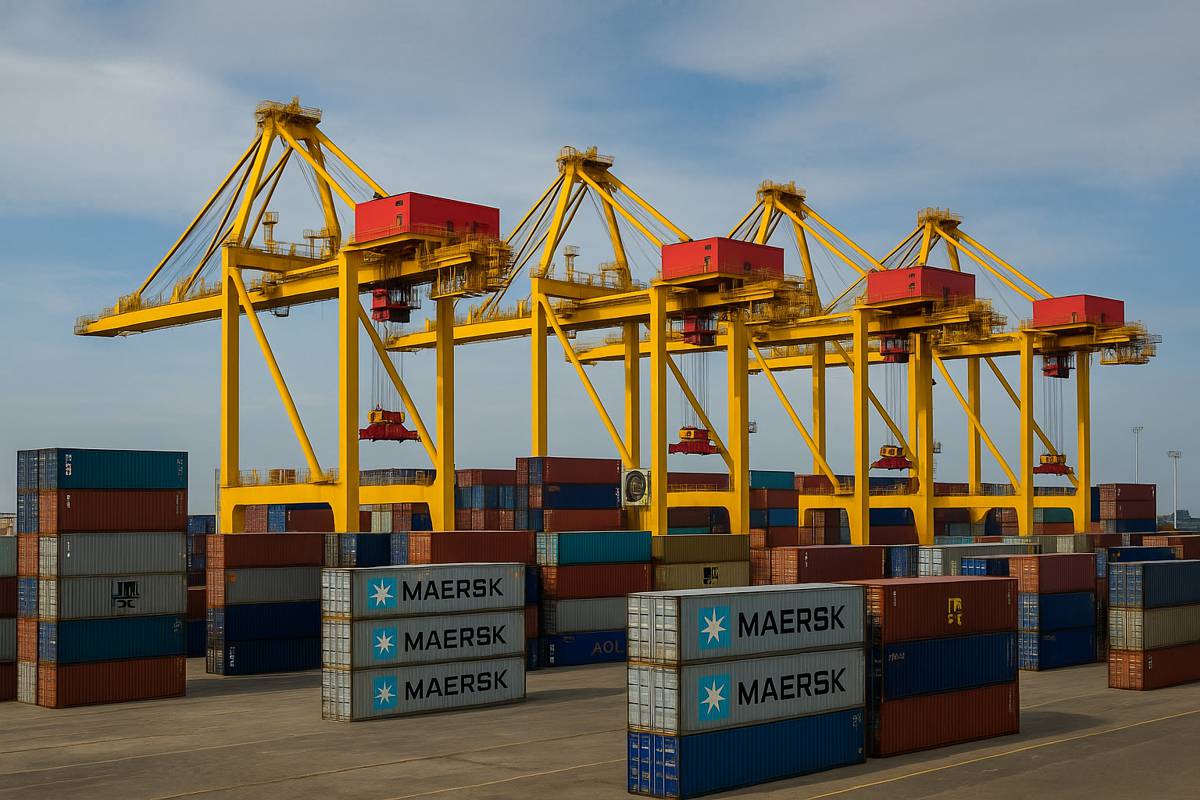Carbon Capture Concrete Validation could lead to Emissions Trading
In a ground-breaking development with significant implications for the construction industry and climate change mitigation, researchers at the University of Tokyo and Nagoya University have introduced a novel method to distinguish the origins of carbon in concrete. This technique, poised to revolutionize the approach to carbon capture and emissions trading, centres around confirming whether the carbon embedded in concrete is sourced from atmospheric CO2 or inherent in the raw materials.
2023 has been witnessing unprecedented climatic upheavals, with Japan’s rice crops suffering and roads melting in the U.S., marking it potentially as the hottest year on record. Despite global efforts and international treaties aimed at curbing greenhouse gas emissions, the relentless rise in emissions, particularly from fossil fuels, casts a shadow on achieving the critical target of limiting global temperature rise to 2 degrees Celsius by 2100.
Enter Direct Air Capture (DAC), a technology that extracts carbon dioxide from the atmosphere through chemical or physical processes. The International Energy Agency (IEA) considers DAC integral to its net-zero emissions scenario, envisioning a future where the global energy sector balances its carbon emissions with removals by 2050. The cement industry, responsible for a significant portion of CO2 emissions, finds itself at the crossroads of this environmental challenge.
Professor Ippei Maruyama from the Department of Architecture at the University of Tokyo Graduate School of Engineering emphasizes the gravity of the situation: “As much as 800 kilograms of CO2 is emitted per ton of cement during its production. Reducing these emissions is critical in the concrete industry.”
While the reaction of concrete with atmospheric CO2 to form calcium carbonate has historically been viewed negatively due to its corrosive effect on steel reinforcements, this process also presents an opportunity for carbon fixation. However, distinguishing whether the CO2 in concrete is freshly captured from the air or derived from natural rocks like limestone used in manufacturing has been a persistent challenge.
Maruyama and his team tackled this issue by employing a method involving accelerator mass spectrometry to analyse the ratios of carbon isotopes – carbon-12, carbon-13, and carbon-14 – in concrete samples. This analysis provided insights into the origin of the carbon, discerning whether it was atmospheric in nature or pre-existing in the raw materials.
The implications of this research extend beyond the realm of environmental science into the domain of economics, particularly emissions trading. As Maruyama, notes: “Fixing carbon dioxide from the air is certified as an act of offsetting CO2 emissions, which is economically valuable. This distinction is crucial for supporting a healthy market in emissions trading.”
The team’s next steps involve applying this laboratory-based method to real-world scenarios, assessing how variations in local raw materials impact the results. Maruyama’s vision of a carbon-neutral and circular economy in the construction industry is not just a scientific pursuit but a societal imperative, especially in Japan, where the construction sector plays a pivotal role in business continuity and recovery from natural disasters.
This innovative method not only offers a new perspective on carbon capture in the concrete industry but also aligns with global efforts to combat climate change. It underscores the potential for sustainable practices in construction, paving the way for a more environmentally responsible and economically viable future.




















